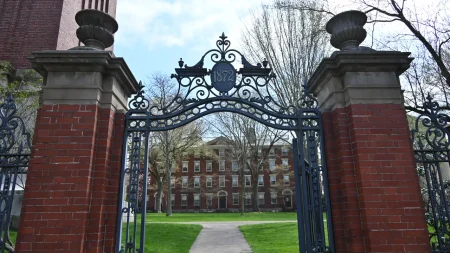Cannabis and Alcohol: The College Bar Experiment
In a fascinating experiment set on a college campus, researchers transformed a space into a makeshift bar to observe how cannabis use might influence drinking habits. The study aimed to understand the real-world interactions between these two commonly used substances, particularly in social settings where both are often present. The researchers created an environment that mimicked authentic social drinking conditions while maintaining scientific controls necessary for valid research.
The experimental design was remarkably creative yet rigorous. Participants—all of legal drinking age—were invited to this lab-turned-bar where they could socialize naturally. Some participants consumed cannabis before arriving (through controlled administration), while others remained cannabis-free. All were then given access to alcoholic beverages, with researchers carefully monitoring consumption patterns, social interactions, and physiological responses. This naturalistic approach allowed scientists to observe genuine behaviors rather than relying solely on self-reported data that often plagues substance use research.
What the researchers discovered challenges some common assumptions about cross-substance use. Contrary to the popular belief that cannabis might intensify alcohol consumption—the “cross-fading” effect some recreational users pursue—the data suggested that participants who had consumed cannabis actually drank less alcohol than their non-cannabis-using counterparts. The cannabis users appeared more content with fewer drinks, challenging the narrative that one substance necessarily amplifies desire for the other. Additionally, the social dynamics between the two groups differed subtly but significantly, with cannabis users engaging in conversation patterns that seemed less focused on drinking as a primary activity.
The implications of these findings extend beyond academic interest. As cannabis legalization expands across regions, understanding how it interacts with alcohol—a substance deeply embedded in social culture—becomes increasingly important for public health policy. If cannabis substitutes for some alcohol consumption rather than complementing it, this could influence how we approach substance use education and harm reduction strategies. However, the researchers were careful to note that their controlled environment couldn’t fully replicate the complex decision-making that occurs in real-world settings where substance availability, peer pressure, and individual intentions all play significant roles.
Methodological limitations were transparently acknowledged in the study. The single-session nature of the experiment couldn’t capture how these substance interactions might evolve over time. Additionally, the participant pool—primarily college students—represents a specific demographic whose substance use patterns may not generalize to other populations. The researchers also noted that cannabis dosage and strain type could significantly influence outcomes, suggesting that future studies might benefit from more granular approaches to understanding these variables.
Perhaps most valuably, this research opens conversations about how we study substance use in society. By bringing scientific inquiry out of artificial laboratory settings and into environments that more closely resemble real life, researchers can better understand the complex social, psychological, and physiological factors that influence consumption behaviors. As one researcher noted in their conclusions, “People don’t use substances in vacuum chambers; they use them in bars, at parties, and in homes with friends. Our research methods should reflect that reality.” This study represents an innovative step toward more meaningful substance research that can genuinely inform both personal choices and public policy in an evolving landscape of legal cannabis and traditional alcohol consumption.









